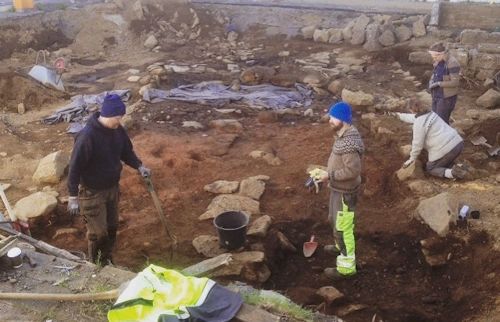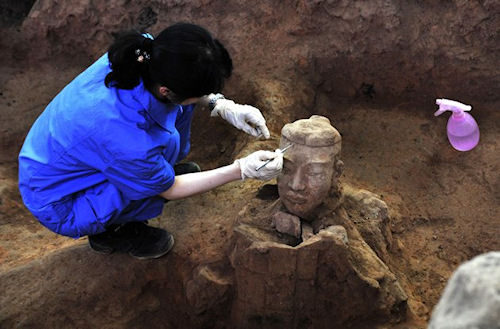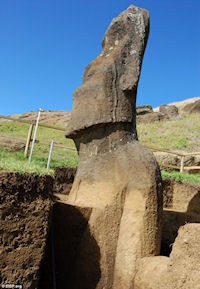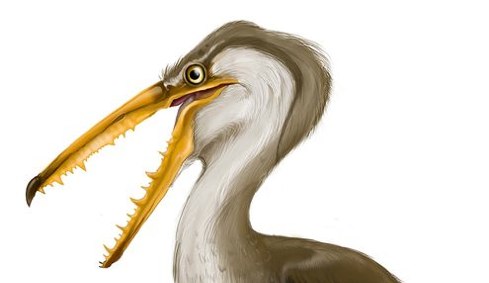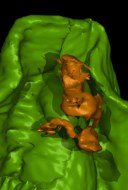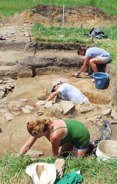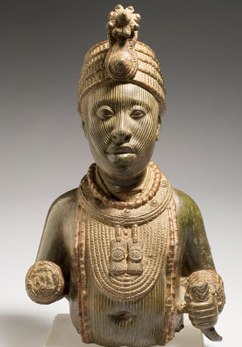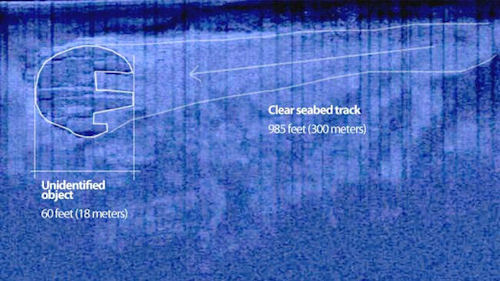
One year ago Swedish Ocean Explorer Team (Ocean X), using sonar, came across something buried under the ice in the Baltic Sea. Tons of hopeful theories have been tossed around as to what it may be. Ufo? Sunken ship? Arctic Stonehenge? No one could guess from the sonar imagery.
Now, a year later, Ocean X is actually on site and beginning a deeper investigation into what this thing is that has even them baffled.
As they continue to uncover the mystery, pictures are starting to emerge from the site causing even more speculation and excitement.
There is definitely something down there. While the research team from Ocean X, a company that finds sunken ships and sells what they find for a substantial profit, explores the site their finds are not making this discovery any less fascinating.
Pictures and video are beginning to pop up online as the divers explore the strange anomoly. While the team has stated that it could be anything including a strange geological formation, they’ve also said that, due to funding, they don’t have much interest in spending too much time exploring it and need to get back to work on more profitable ventures.
“The object appeared more as a huge mushroom, rising 3-4 meters/10-13 feet from the seabed, with rounded sides and rugged edges. The object had an egg shaped hole leading into it from the top, as an opening. On top of the object they also found strange stone circle formations, almost looking like small fireplaces. The stones were covered in something resembling soot.
First we thought this was only stone, but this is something else. And since no volcanic activity has ever been reported in the Baltic Sea the find becomes even stranger. As laymen we can only speculate how this is made by nature, but this is the strangest thing I have ever experienced as a professional diver.”
We just want them to watch a copy of John Carpenter’s The Thing before they start messing around too much…oh…and to put their dogs away.
[Gizmodo]
